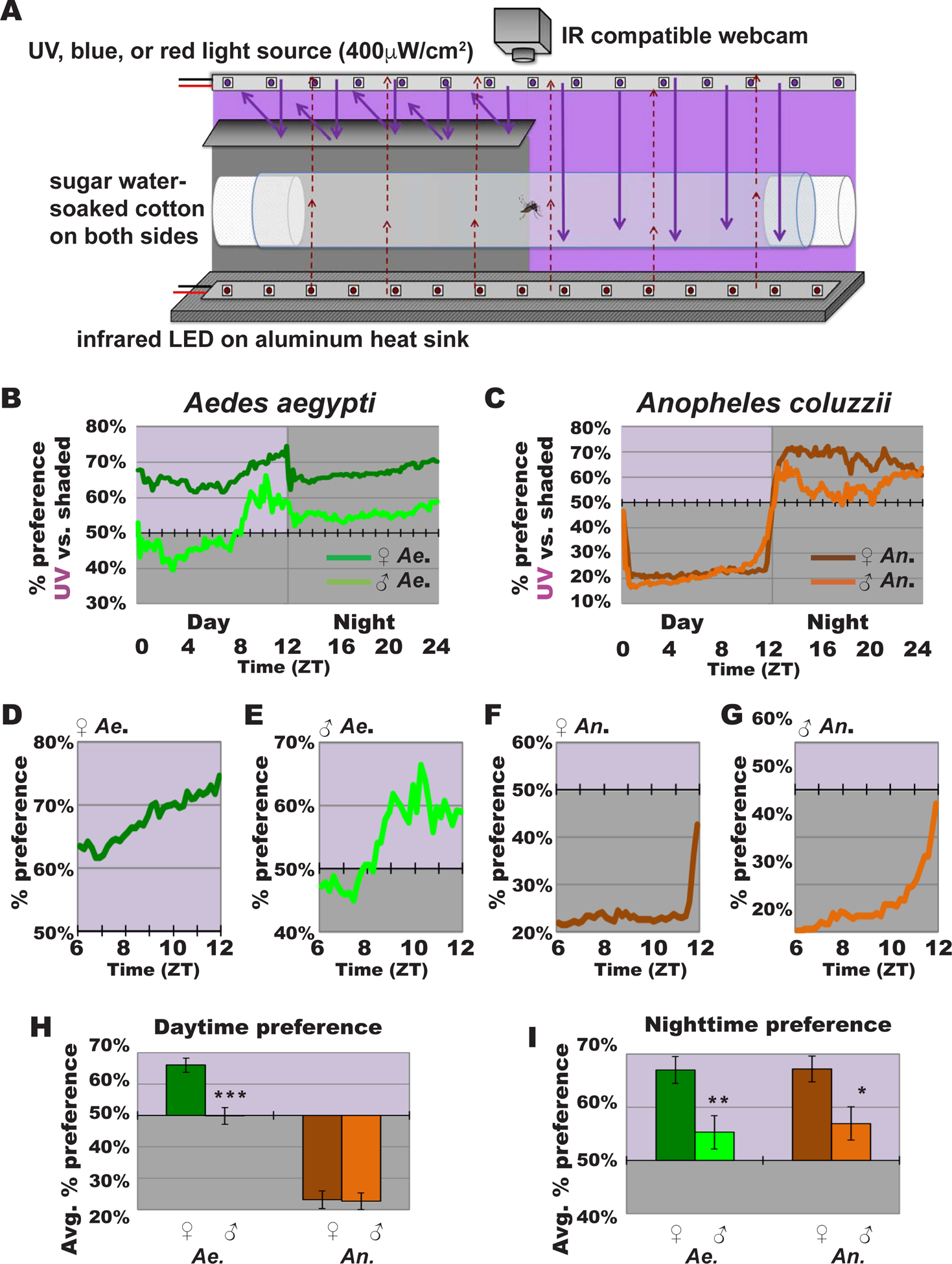Figure 1. UV light-evoked attraction/avoidance responses in diurnal and nocturnal mosquitoes are specie- and sex-dependent.

(A) Schematic of mosquito light-evoked attraction/avoidance preference behavioral assay setup.
(B-C) Attraction/avoidance behavior to UV light, measured by % of preference in UV-exposed versus shaded environment throughout 12 hr: 12 hr UV light: dark for (B) female Ae. aegypti (dark green; n=110) and male Ae. aegypti (light green; n=61), and (C) female An. coluzzii (brown; n=64) and male An. coluzzii (orange; n=47).
(D-G) Attraction/avoidance behavior to UV light, measured by % of preference in UV-exposed versus shaded-environment during Zeitgeber time (ZT) 6–12 for (D) female Ae. aegypti, (E) male Ae. aegypti, (F) female An. coluzzii, and (G) male An. coluzzii.
(H-I) Average attraction/avoidance behavioral preference to UV light-exposed versus shaded-environment by Ae. aegypti and An. coluzzii female and male mosquitoes for (H) daytime, light violet background indicates illuminated area; and (I) nighttime, light violet background indicates previously illuminated area. Data are represented as mean ± S.E.M. *p < 0.05; **p < 0.01; ***p < 0.001 vs. female. See also Figure S1.
